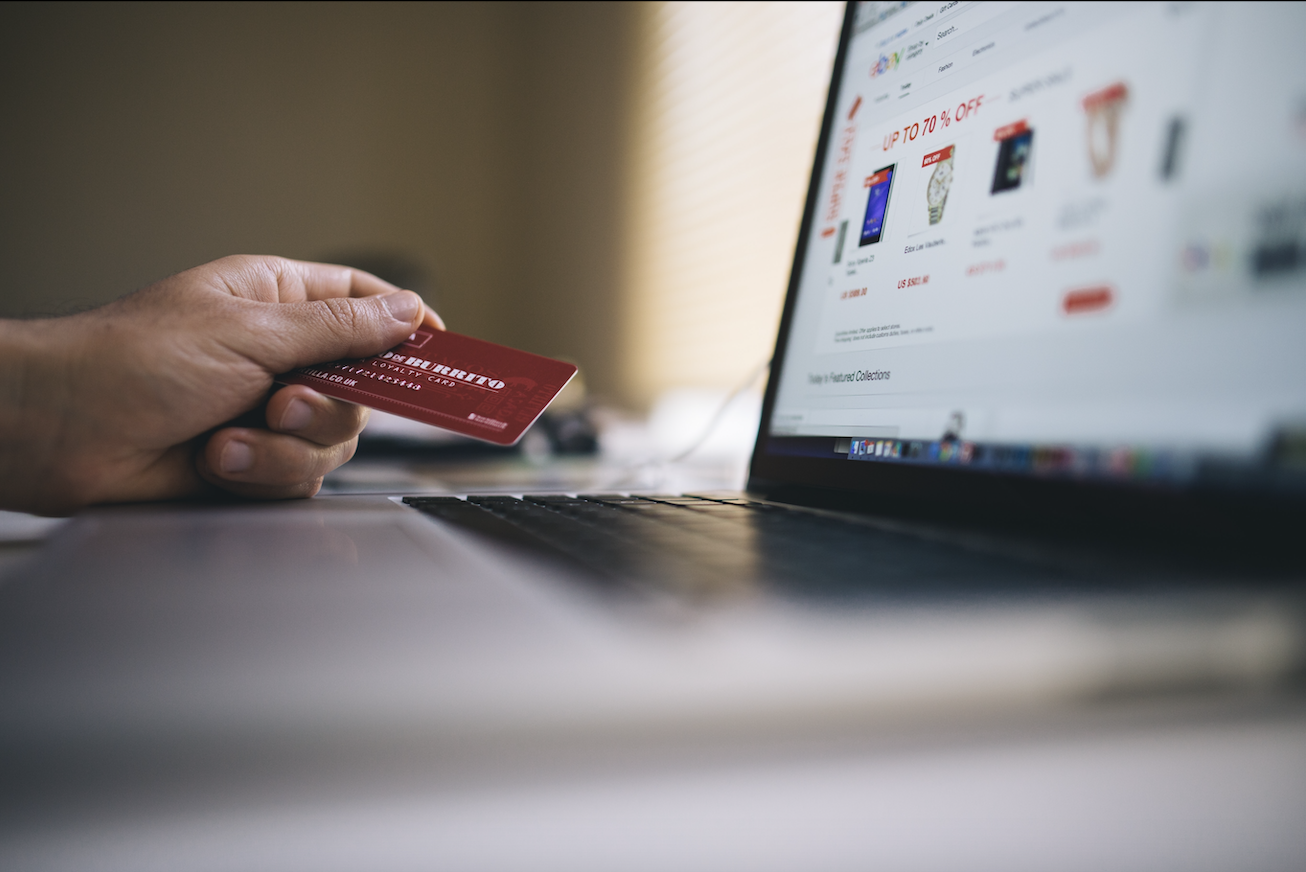
5 Mistakes Brands Make With Voucher Codes
GSG started as a pure voucher code provider, helping people afford the things they need in life. First in a few markets, then across the world. As we grew, we were quick to realise that people everywhere wanted more than just a great price, they wanted a more rewarding and comprehensive shopping experience. So we expanded our products, services, and strengthened our partnership and investments as we aimed to serve consumers better. These years of development have taught us many things about voucher codes, including some things we advise brands against.
- Treating voucher codes as a last minute solution, because they should, in fact be part of a comprehensive selling strategy.
Sure they provide a great last minute solution for brands that want to clear excess stock, but that is just the first chapter of a great sales story. Vouchers codes need to be integrated by brands into their whole sales, communications and growth strategies.
Coupons are a vital cog in a sales system which can deliver great things. Their basic promise is that they add real incentive towards the end of the consumer decision journey. But they can also deliver new customers, help launch new products and lift sales during low season, help brands stand out during peak sales season and be connected to many other things our next points will go deeper into.
- Assuming that voucher codes work fine by themselves, when in fact they benefit from being connected to moments in the life of the consumer.
There is no doubt that vouchers increase sales, but they should not operate alone unless brands offer unheard of high discounts. As we already know the main purpose of a voucher code is to incentivise a purchase, but this incentivisation can be much more effective when it is connected to a real moment that gives the customer a tangible reason to buy. Nearly every shopper wants to justify to either themselves or to others why they need a particular item. Therefore, a basic equation is done in their head: Reason to buy plus a great discount equals a satisfying purchase and a fulfilled customer.
Brands should ask themselves: Why will people need my product or service? What moments in the year, outside of sales events, are there that I can connect my offers to? Even in a year like 2020, where so much of public life has been put on hold, there are moments brands can connect to. One example is the ‘Stay at Home’ period where people suddenly felt justified to make all manner of purchases related to improving their living spaces. These purchases became even more justified from a financial perspective, when a discount was added.
In a normal year there is a whole calendar of events that brands can connect with their products that will amplify the power of an offer. From New Year resolutions, to spring, to graduation, to festival season, to wedding season, to back-to-school, to autumn, to the holidays. Brands should build their own calendar of events that fit their offering and then consider how discounting can fit into their overall message.
- Thinking of voucher codes only in relation to the business, and not in the meaning and purpose they give to a customer.
It’s an automatic response in our industry that when brands or retailers think of voucher codes most tend to think of a big number next to a percentage symbol, and subsequently lower margins for a business. What is important to remember though is that voucher codes can make or break a consumer’s buying decision, and when brands think of the customer first, voucher codes gain new meaning and purpose.
So think with the consumer in mind. Discover who benefits from a discount, and suddenly you realize that a voucher code could be very useful to someone who is struggling to make ends meet. Think further and your brand could use a series of discounts to highlight how much it cares for people during difficult times, and how the business is giving back by providing codes to really help people afford a better life. Develop this idea further and brands can provide exclusive discounts for distinct groups like nurses, students, the unemployed, and people who have the hardest time buying what they need.
And don’t forget to ensure a clear message by linking discounts to thought-out pieces of communication.
- Believing that voucher codes only discount, when in fact they can reward, add value and even adapt during the purchase.
Voucher codes come in many forms that can encourage people to not only buy, but also to spend more and keep coming back. At GSG we are particularly proud of two solutions for going beyond discounting:
- Dynamic.Coupons provides brands with a very smart way to increase profits, while also helping a user to afford a better product or service. It works particularly well for brands with ranges of products with upselling potential.
The best thing is that Dynamic.Coupons only target customers when they are in purchase mode, offering a relevant up sale that often provides the consumer with the choice they need to close the deal and enjoy the feeling of making a valued decision.
- Digital rewards is a twist on the voucher code as we know it. It still incentivizes purchase. It still can be found as a button on our coupon pages, but it also bridges discounts and rewards. It encourages further purchases by offering a discount on your next purchase as a reward for making the first. This strengthens the connection between brands and their customers, by bringing consumers back for another purchase. Working especially well when the first purchase is a satisfying one.
- Grouping voucher code users in one category, when in fact they cover a broad demographic, which gives brands more options to target customers in a smarter way.
More options with millenials: By now, we probably all know how popular voucher codes are with the digital savvy millennials. They are after all a generation of shoppers who are proud of the many things they do to save money, like repurposing or even building their own furniture, sharing things amongst larger groups, growing their own foods, and of course finding the best deals available.
But what’s interesting here for brands is that this generation is very diverse in itself. While many know them for their fear of missing out (FOMO,) and their preference for sports, travel and experience brands, that doesn’t cover the entire group. There is also a counter group who experience the joy of missing out (JOMO), sitting at home in comfortable surroundings in their own company, watching videos, playing computer games and listening to music. Let’s face it, with the coronavirus, we have seen a surge in many of these categories that the JOMO millennials already valued.
High earners also love voucher codes: Great proof of this is the famous story of Warren Buffet treating Bill Gates to a meal at McDonald’s and using a coupon when it came time to pay. The truth of the matter is that the whole attitude towards saving money has changed. What once was seen as being stingy, is today seen as being smart and frugal. Fewer people want to appear brash and wasteful. Of course, people with money still want to dress, live and dine well, but why not for a little less money. High end brands shouldn’t completely avoid discounting, as it could be a huge sales driver as long as the messaging and strategy behind the discount is executed properly.
People with low incomes still need voucher codes: Especially in the tough times due to the pandemic, and the resulting recession. Not only do they need the extra help that a discount gives them, lower-income consumers also appreciate discounts more. Brands should use discounts as a way to show their empathy for what so many people are going through and connect discounts to a positive message of making life more affordable for everyone.
Summary: Voucher codes are a great way to incentivise purchases, but brands often aren’t getting the most out of them because they have got a thought-through strategy. This is especially true as the ecommerce market booms during the coronavirus pandemic. Now is the time for brands to look again at their online strategy and ask how they can get more from voucher codes.



